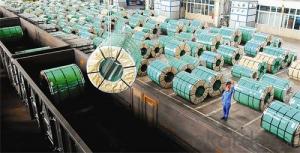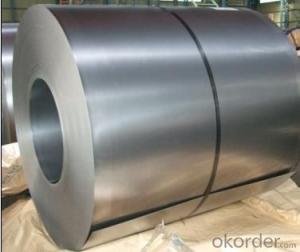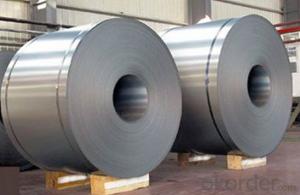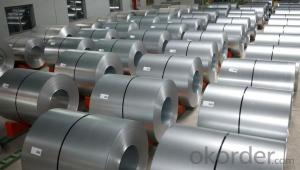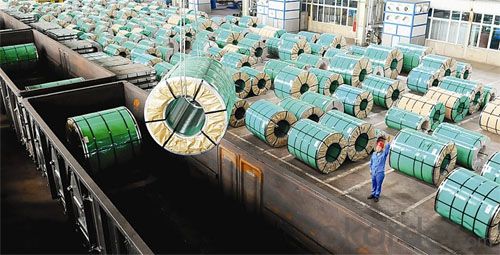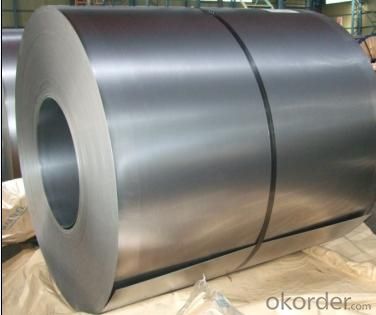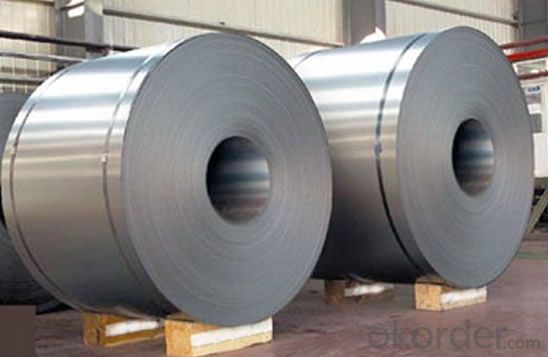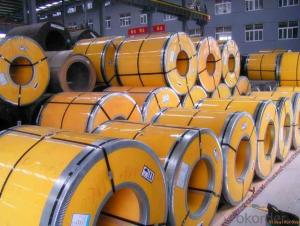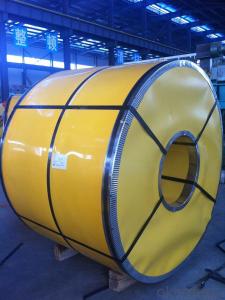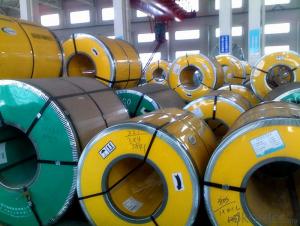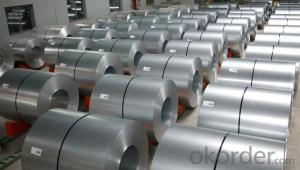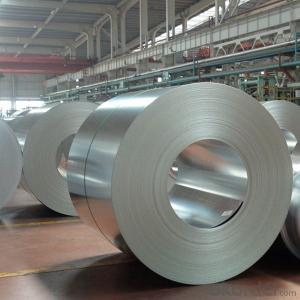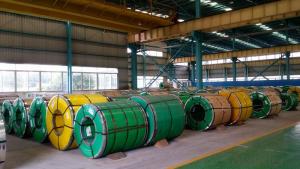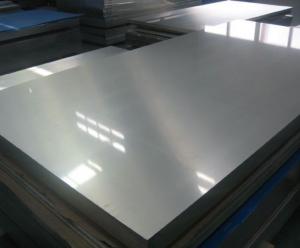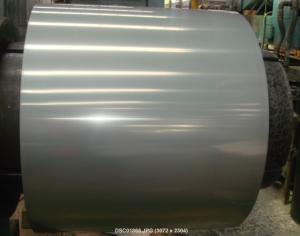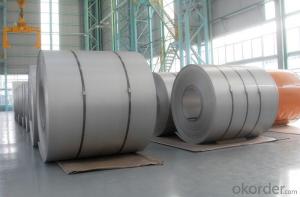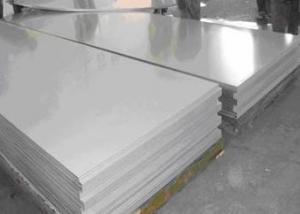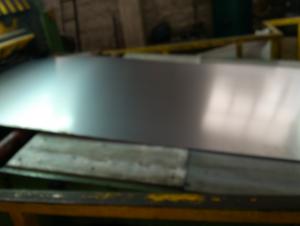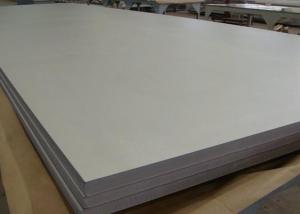Stainless Steel Sheet 304 Cold Rolled 2B Finish
- Loading Port:
- Ningbo
- Payment Terms:
- TT OR LC
- Min Order Qty:
- 100 m.t.
- Supply Capability:
- 20000 m.t./month
OKorder Service Pledge
OKorder Financial Service
You Might Also Like
Cold Rolled Stainless Steel Coil 304 Grade 2B Finish
Packaging Detail: standard export packing or as customer's requirements
Delivery Detail: 7-15 days after the order
Standard: | AISI,ASTM,BS,DIN,GB,JIS | Grade: | 304 | Thickness: | 0.3-3.0mm |
Place of Origin: | China Mainland | Brand Name: | CNBM | Model Number: | 304 |
Type: | Steel Coil | Technique: | Cold Rolled | Surface Treatment: | 2B, BA |
Application: | Medical instruments, building, chemical food industry agriculture | Width: | 500-2000mm | Length: | Coil |
finish: | 2B, BA | item: | 304 cold rolled stainless steel coil | density: | 7.93 |
- Q: Can stainless steel strips be used in oil and gas industries?
- Yes, stainless steel strips can be used in oil and gas industries. Stainless steel is known for its excellent resistance to corrosion, high strength, and durability, making it an ideal material for various applications in the oil and gas sector. Stainless steel strips can be used for fabricating pipes, tubes, fittings, valves, heat exchangers, and other components that are exposed to harsh operating conditions, including corrosive environments, high temperatures, and high pressures. Additionally, stainless steel offers good weldability and formability, allowing for easy fabrication and installation in oil and gas facilities. Overall, stainless steel strips provide the necessary reliability and performance required in the oil and gas industry.
- Q: What is the creep strength of stainless steel strips?
- The creep strength of stainless steel strips refers to the ability of the material to resist deformation or creep under high temperatures and constant stress. Stainless steel is known to have good creep strength, making it suitable for applications that involve elevated temperatures and long-term loads.
- Q: Why does stainless steel carry magnetism?
- If you go to the molten steel and high chromium nickel austenitic steel, tempered magnet is not stainless steel. If the molten steel in the main alloy elements is chromium, iron and carbon and a small amount of nickel (or without nickel), tempered steel is a magnet on the stainless steel, also called ferritic stainless steel martensitic stainless steel or austenitic stainless steel. In addition to the magnet is not on, ferrite, martensite stainless steel are magnetic. The nickel element in the reserves in the world is very few, the price is more expensive, therefore, high nickel content in stainless steel on the market price is higher, and the magnet suction is not at present because of austenitic stainless steel for stainless steel in the proportion is still great, so that people have a misconception of all stainless steel are non-magnetic.
- Q: Can stainless steel strips be used in the production of watches?
- Yes, stainless steel strips can indeed be used in the production of watches. Stainless steel is a popular material choice for watch cases, bands, and other components due to its durability, corrosion resistance, and aesthetic appeal. The strips can be precisely cut and shaped to create various watch parts, including cases, bezels, bracelets, and clasps. Stainless steel strips provide a sleek and polished look to watches and are highly versatile, making them suitable for both traditional and modern watch designs. Additionally, stainless steel is known for its strength and longevity, ensuring that watches made with stainless steel strips will be durable and withstand daily wear and tear.
- Q: Can stainless steel strips be used for heat exchanger plates?
- Yes, stainless steel strips can be used for heat exchanger plates. Stainless steel is a highly durable and corrosion-resistant material, making it suitable for use in heat exchangers. The strips can be easily formed into plates of various shapes and sizes, providing flexibility in design and installation. Additionally, stainless steel has excellent thermal conductivity, ensuring efficient heat transfer between fluids. Overall, stainless steel strips are a popular choice for heat exchanger plates due to their strength, resistance to corrosion, and thermal conductivity properties.
- Q: Can stainless steel strips be used in the electronics industry?
- Indeed, the electronics industry can utilize stainless steel strips. Stainless steel, being a versatile material, presents numerous advantages for electronics applications. Its outstanding corrosion resistance plays a crucial role in safeguarding electronic components against moisture and other environmental elements. Moreover, stainless steel exhibits commendable thermal conductivity, making it appropriate for heat transfer applications in electronic devices. Furthermore, its robustness and durability render it suitable for employment in electronic enclosures, connectors, and frames. All in all, stainless steel strips offer a dependable and enduring solution for the electronics industry.
- Q: What are the common uses of stainless steel strips in the kitchen?
- Due to their unique properties and benefits, stainless steel strips find widespread use in the kitchen. An example of this is their common application for kitchen countertops and backsplashes. With their resistance to stains, heat, and corrosion, stainless steel strips are chosen as a durable and hygienic option for food preparation areas. Another way stainless steel strips are commonly employed in the kitchen is for the construction of kitchen appliances. Manufacturers often utilize stainless steel strips to craft the outer surfaces of refrigerators, dishwashers, ovens, and microwaves. This choice is driven by stainless steel's ease of cleaning, resistance to fingerprints, and ability to lend a sleek and modern appearance to the appliances. Stainless steel strips are also utilized for kitchen utensils and cutlery. The robustness and corrosion resistance of stainless steel make it an ideal material for crafting knives, forks, spoons, and other cooking tools. Stainless steel utensils not only endure for a long time but also resist rust and staining, ensuring their longevity and maintaining their visual appeal. Moreover, stainless steel strips are frequently employed for kitchen sinks. Stainless steel sinks are highly sought after due to their durability, low-maintenance nature, and resistance to staining, heat, and scratches. They offer an easy-to-clean and hygienic surface for washing dishes and engaging in food preparation. In addition to these conventional uses, stainless steel strips can be used for shelving, kitchen cabinets, range hoods, and other kitchen fixtures. Overall, stainless steel strips provide numerous advantages such as durability, resistance to corrosion and heat, ease of cleaning, and an elegant appearance, making them a preferred choice for various kitchen applications.
- Q: What kind of plastic surface friction and wear in stainless steel belt is relatively small?
- Plastic itself than metal soft, so it is not bad stainless steel, and if the metal surface smoothness is low (micro Burr) will be broken plastic surface, in the contact surface, if there are hard particles will also be broken metal surface.
- Q: What is the corrosion resistance of stainless steel strips in acidic environments?
- Stainless steel strips exhibit excellent corrosion resistance in acidic environments. The high levels of chromium present in stainless steel form a protective oxide layer on the surface, which acts as a barrier against corrosion. This oxide layer prevents the metal from coming into direct contact with the acidic environment, thereby reducing the risk of corrosion. Additionally, stainless steel is known for its resistance to pitting and crevice corrosion, which are common types of corrosion that can occur in acidic environments. Overall, stainless steel strips are highly resistant to corrosion in acidic environments, making them a suitable choice for various applications in industries such as chemical processing, food processing, and pharmaceuticals, where exposure to acidic substances is common.
- Q: Are stainless steel strips available in different finishes?
- Yes, stainless steel strips are available in various finishes including matte, brushed, mirror, and patterned finishes.
Send your message to us
Stainless Steel Sheet 304 Cold Rolled 2B Finish
- Loading Port:
- Ningbo
- Payment Terms:
- TT OR LC
- Min Order Qty:
- 100 m.t.
- Supply Capability:
- 20000 m.t./month
OKorder Service Pledge
OKorder Financial Service
Similar products
Hot products
Hot Searches
Related keywords
